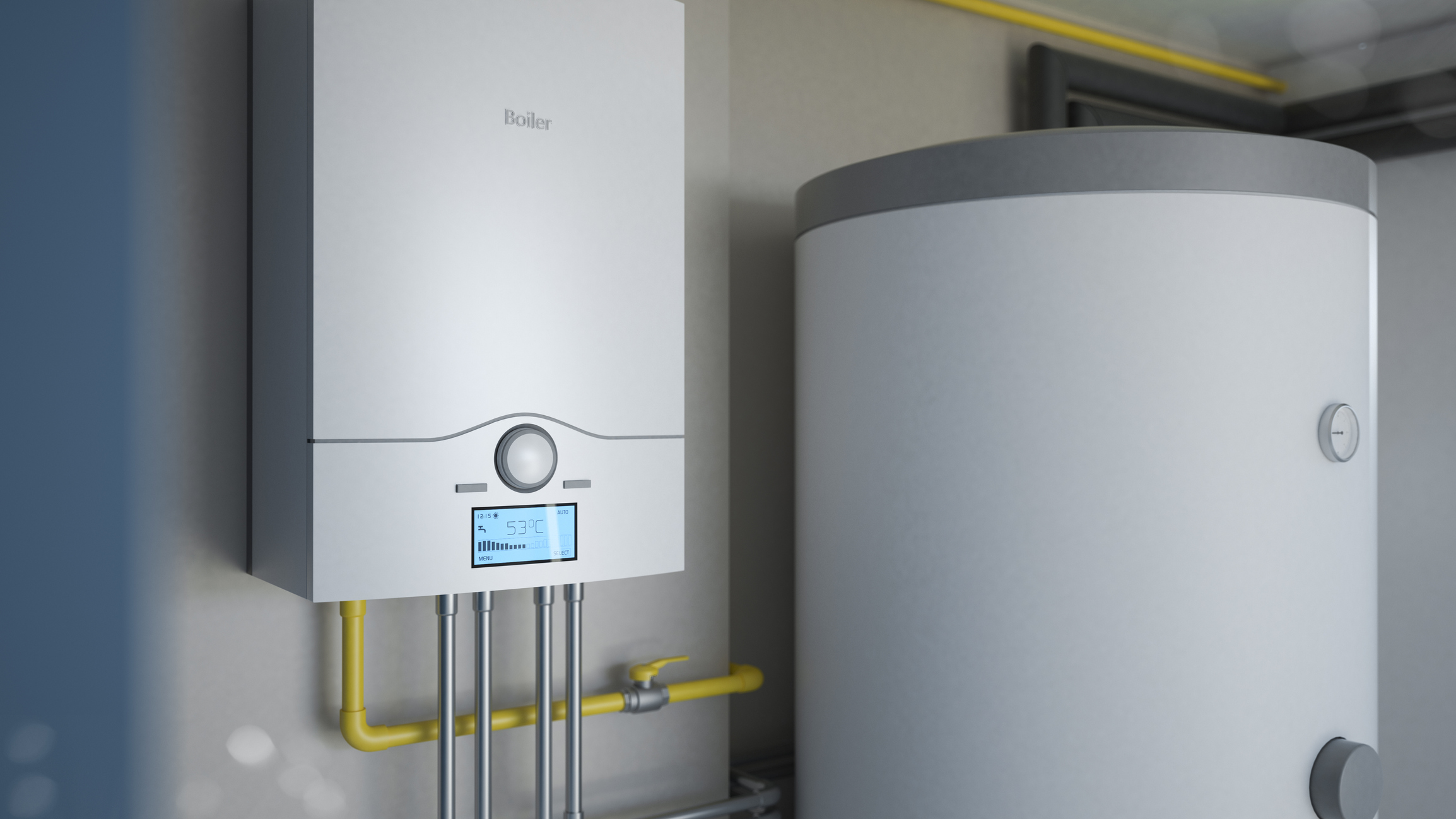Making Sure Longevity of Your Home's Hot Water System: Care Advice
Making Sure Longevity of Your Home's Hot Water System: Care Advice
Blog Article
In this article in the next paragraphs you can locate lots of dependable resources all about Water Heater Maintenance Tips You Can't Afford to Forget.

Hot water is vital for daily comfort, whether it's for a refreshing shower or washing dishes. To ensure your hot water system runs efficiently and lasts longer, regular maintenance is key. This article provides practical tips and understandings on just how to keep your home's hot water system to prevent disturbances and pricey fixings.
Intro
Keeping your home's warm water system might seem challenging, yet with a couple of easy steps, you can guarantee it runs smoothly for several years ahead. This guide covers everything from recognizing your hot water system to DIY upkeep suggestions and knowing when to call professional aid.
Value of Keeping Your Warm Water System
Routine maintenance not only expands the life expectancy of your hot water system yet additionally guarantees it operates successfully. Disregarding upkeep can result in reduced performance, greater power costs, and also premature failure of the system.
Signs Your Hot Water System Needs Maintenance
Knowing when your hot water system needs attention can avoid major problems. Watch out for signs such as inconsistent water temperature, unusual noises from the heating unit, or corroded water.
Comprehending Your Warm Water System
Before diving right into maintenance jobs, it's useful to understand the fundamental components of your warm water system. Usually, this includes the hot water heater itself, pipes, anode poles, and temperature controls.
Month-to-month Upkeep Tasks
Regular month-to-month checks can aid capture minor concerns prior to they intensify.
Purging the Water Heater
Purging your water heater gets rid of sediment build-up, enhancing efficiency and extending its life.
Monitoring and Replacing Anode Rods
Anode poles avoid deterioration inside the tank. Evaluating and changing them when worn out is critical.
Examining and Readjusting Temperature Setups
Adjusting the temperature level setups guarantees optimum performance and safety and security.
DIY Tips for Upkeep
You can execute a number of upkeep tasks on your own to maintain your hot water system in leading condition.
Checking for Leakages
Routinely examine pipes and connections for leaks, as these can bring about water damage and higher costs.
Testing Pressure Alleviation Valves
Testing the pressure safety valve guarantees it functions correctly and stops excessive pressure build-up.
Protecting Pipelines
Insulating warm water pipes minimizes warm loss and can save energy.
When to Call a Specialist
While DIY upkeep is beneficial, some problems require expert experience.
Complex Problems Needing Specialist Aid
Examples include major leakages, electric troubles, or if your water heater is consistently underperforming.
Routine Expert Upkeep Conveniences
Specialist upkeep can consist of thorough inspections, tune-ups, and ensuring conformity with safety and security criteria.
Conclusion
Routine upkeep of your home's warm water system is important for efficiency, durability, and expense financial savings. By following these suggestions and understanding when to seek specialist aid, you can make certain a reliable supply of hot water without unforeseen disturbances.
How to Maintain an Instant Hot Water Heater
Before tinkering with your hot water heater, make sure that it’s not powered on. You also have to turn off the main circuit breaker and shut off the main gas line to prevent accidents. Also turn off the water valves connected to your unit to prevent water from flowing into and out of the appliance. 2. When you’re done, you have to detach the purge valves’ caps. These look like the letter “T†and are situated on either side of the water valves. Doing so will release any pressure that has accumulated inside the valves while at the same time avoid hot water from shooting out and burning your skin. 3. When the purge valves’ caps are removed, you have to connect your hosing lines to the valves. Your unit should have come with three hoses but if it didn’t, you can purchase these things from any hardware or home repair shops. You can also get them from retail stores that sell water heating systems. Read the user’s manual and follow it to complete this task properly. When the hosing lines are connected, open the purge port’s valves. 4. You should never use harsh chemical cleaners or solutions when cleaning your unit. Make use of white vinegar instead. It should be undiluted and you’ll probably use about 2 gallons. 5. Now flush your water heater. This task should probably take about 40 minutes. We can’t give you specific directions for this because the procedure is carried out depending on the type, model and brand of your heater. With that being said, refer to the user’s manual. 6. When you’re done draining the unit, you have to turn off the purge port valves again. Remove the hosing lines that you earlier installed on each of the water valves. Put the valve caps (purge port) back in their respective places and be very careful so as not to damage the rubber discs that are found inside these caps. 7. Now that everything’s back in place, check your user’s manual again to find out how to reactivate your water heating system. 8. Once it is working, turn one of your hot water faucets on just to let air pass through the heater’s water supply pipes. Leave the tap on until water flows smoothly out of it. https://www.orrplumbing.com/blog/2014/september/how-to-maintain-an-instant-hot-water-heater/

I was shown that article on Tips on Maintaining a Water Heater through a friend on our other site. If you please pause to distribute this page if you enjoyed reading it. Thank-you for your time spent reading it.
Show Details Report this page